THIS REPORT IS EVIDENCE IN AN ONGOING LEGAL PROCESS
In May 3 2017, Lesvy Berlin Rivera Osorio was found strangled in the Main Campus of the National Autonomous University of Mexico. Local authorities were quick to dismiss the case as a suicide and communicated criminalizing remarks about the victim, causing outrage and protests. The lawyers at the Fray Vitoria Human Rights Center have sued Lesvy’s presumed murderer, her boyfriend, and hired me alongside 6 other experts to create reports studying the cases’ evidence and context.
As an architect I was to create a forensic architecture audiovisual document, using the available security camera footage and a LiDar/Laser scan of the spaces where events took place leading up to and immediately after Lesvy’s murder. The main conclusions behind my report are that Lesvy and her boyfriend were indeed present in the space and time surrounding her death, and secondly, that her body was exhibited in a public space, which according to the Mexican Penal Code, is one of the conditions that qualify her murder as feticide, a serious crime.
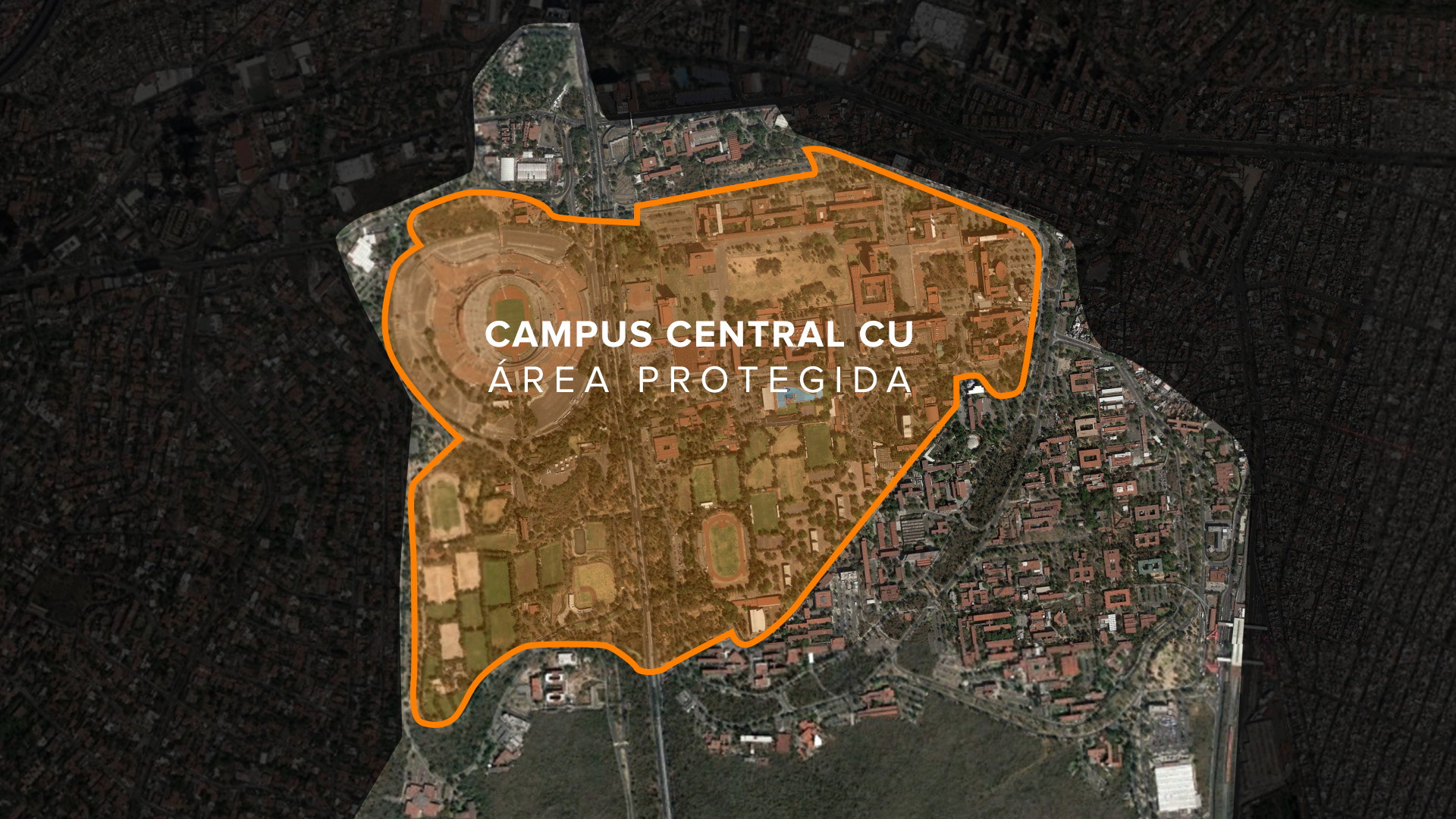
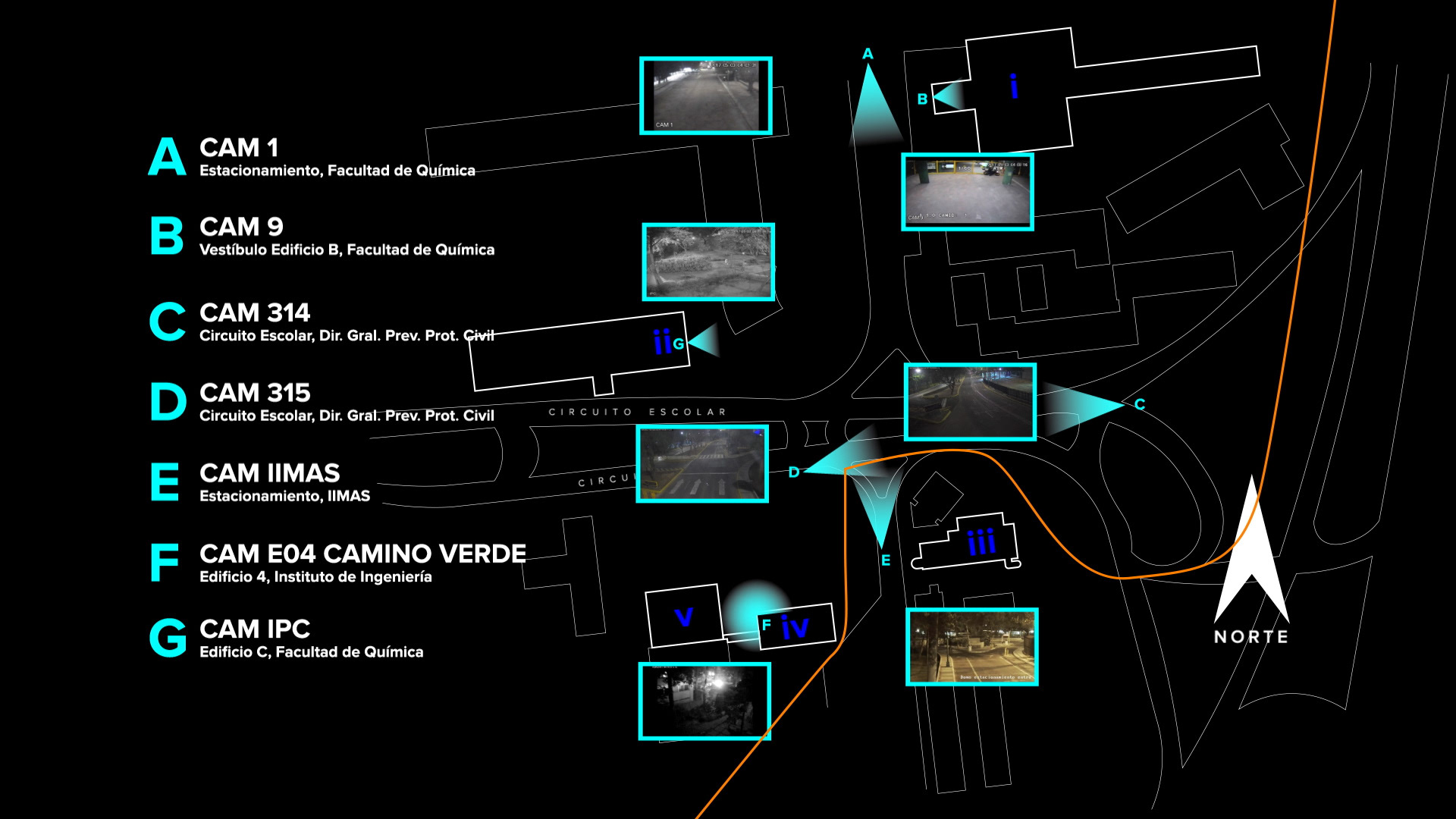
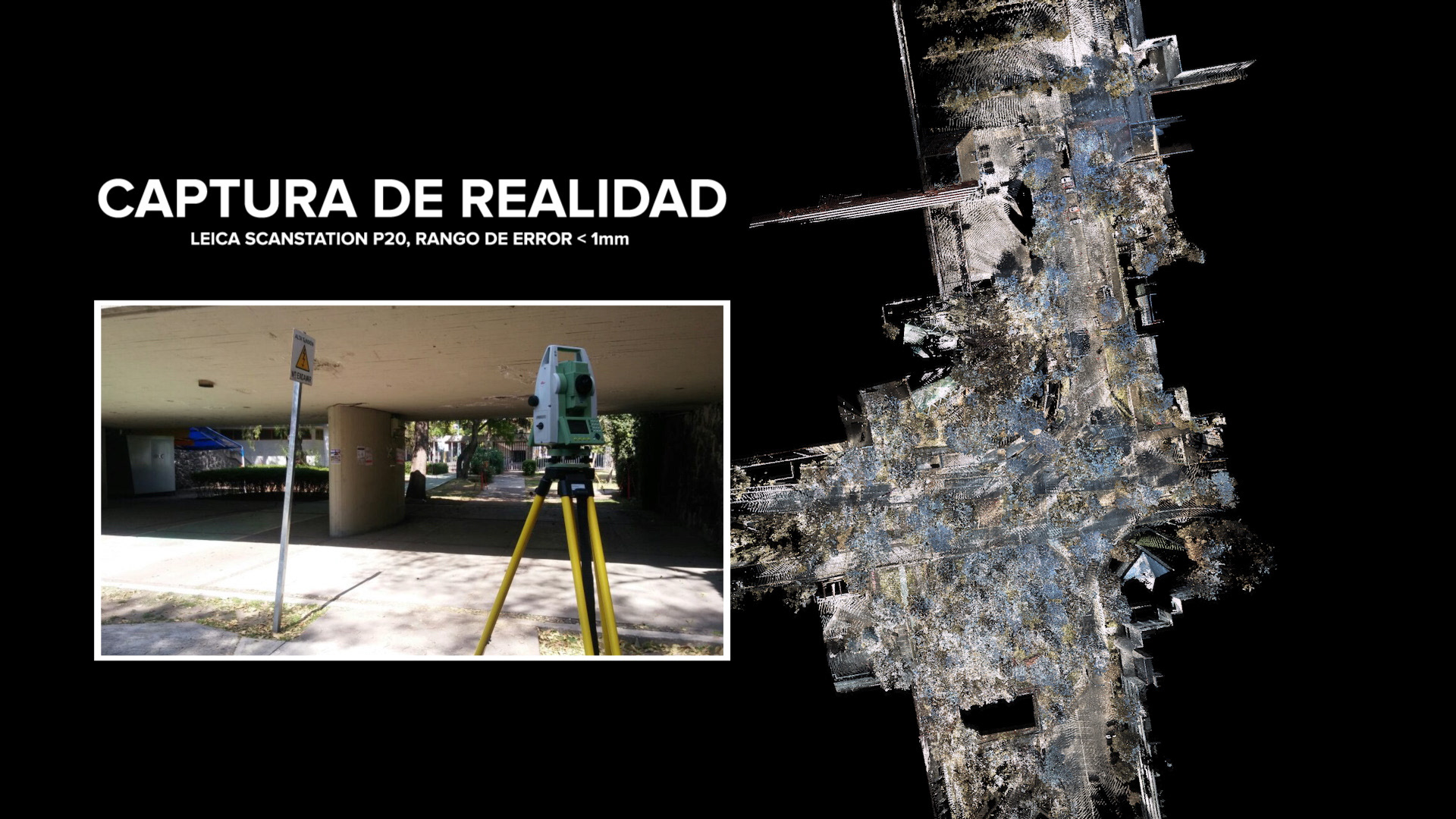
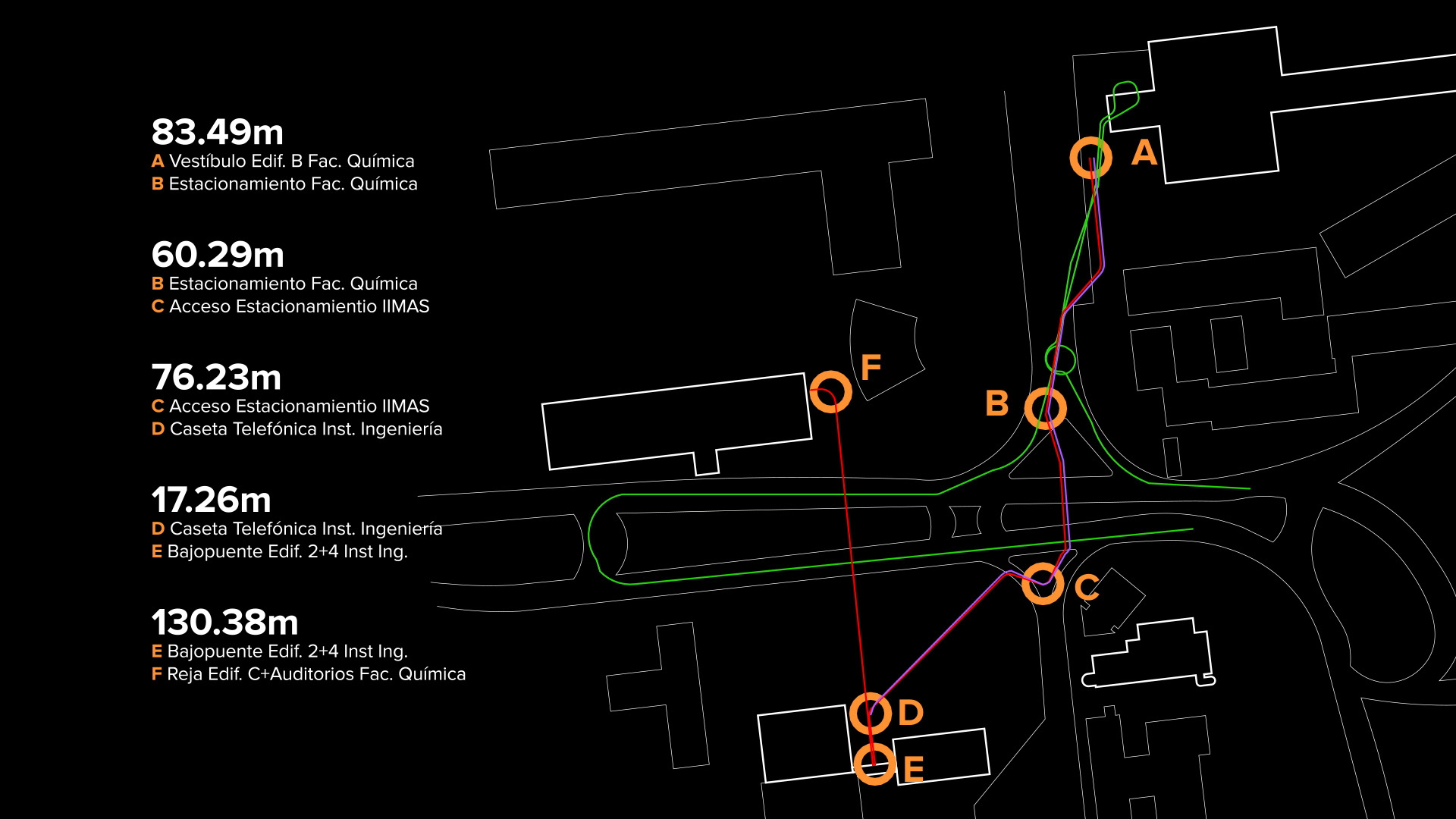
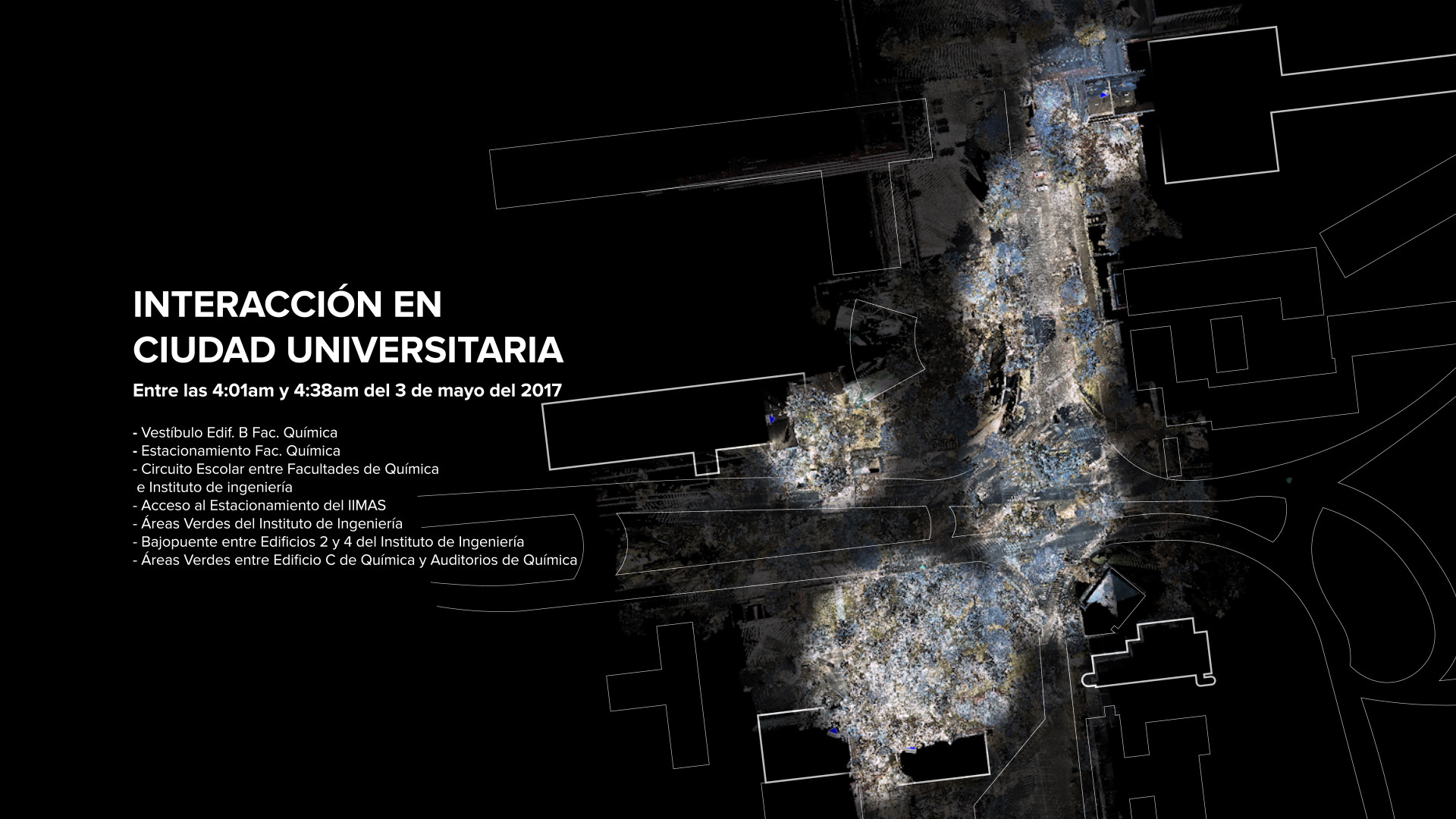
CARTOGRAPHIES
Several different types of data were required by Lesvy’s parents attorneys, such as the identification and location of security cameras and their angles of vision, as well as the explicit representation of the place where Lesvy’s body was found as a public space, moreso because it is a UNESCO World Heritage Site. In other maps, the emphasis is on explaining the techniques used to create the forensic architecture report,or in some cases, determine the distances between key positions of the victim along the night’s events.
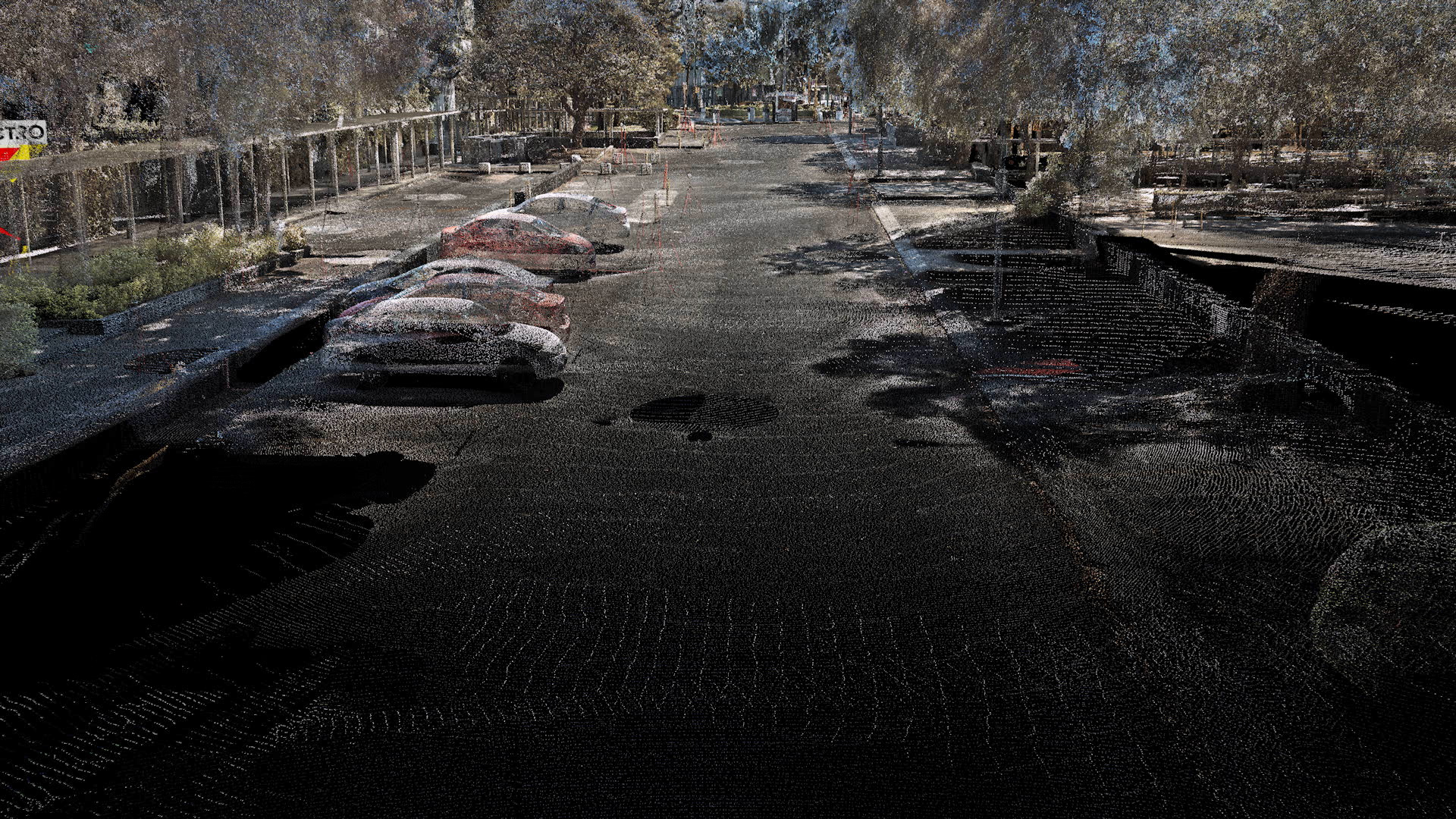
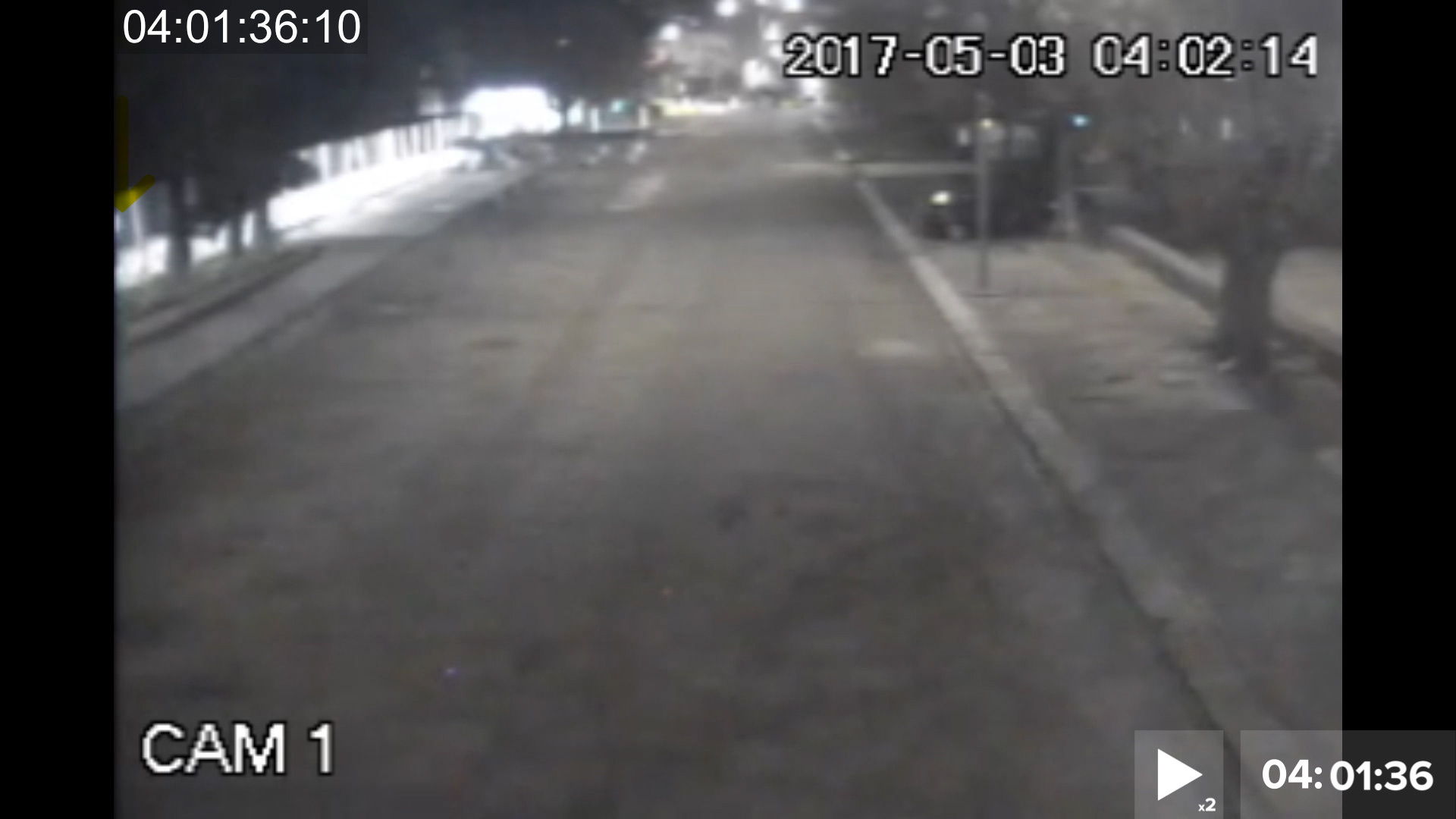
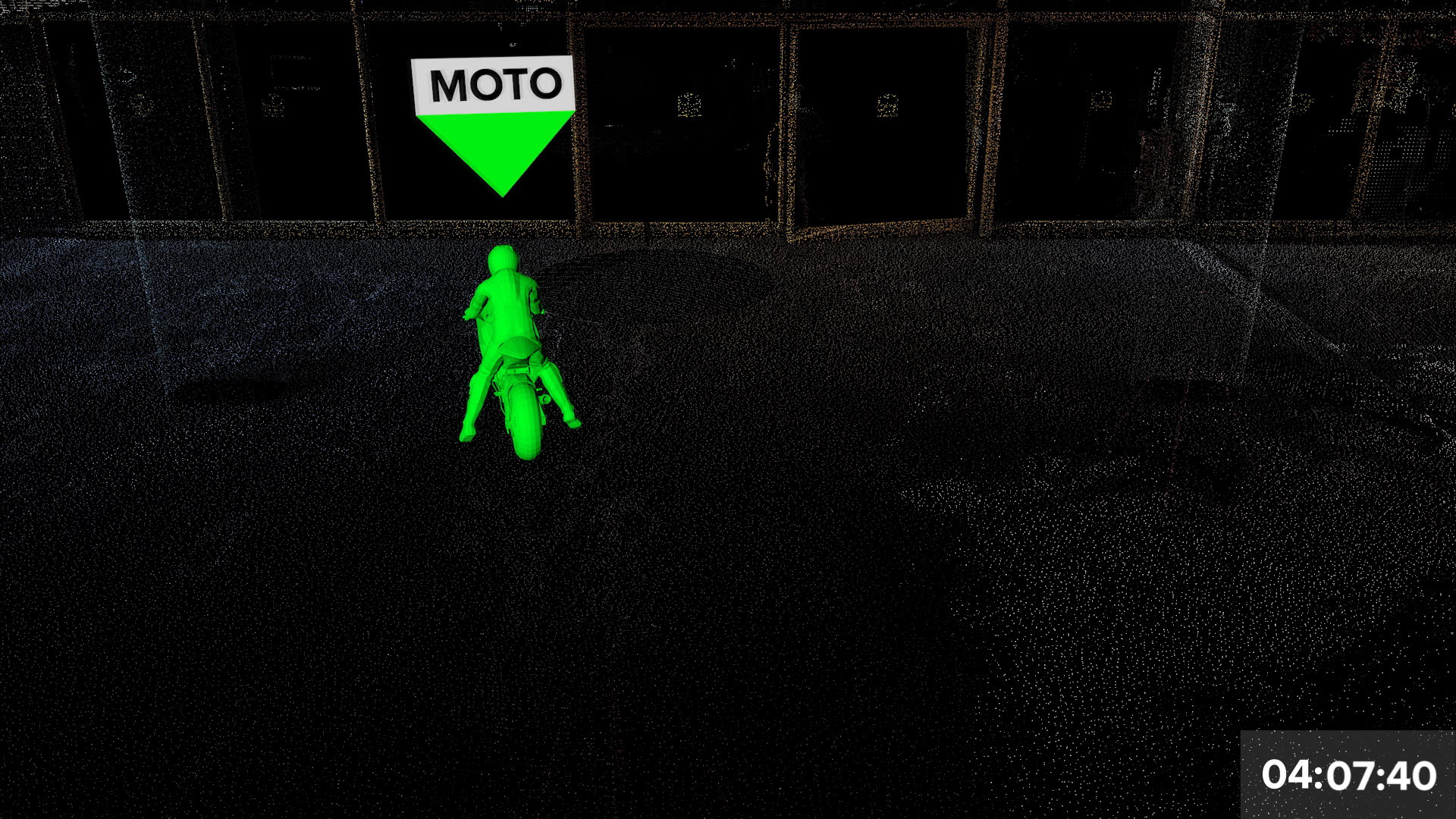
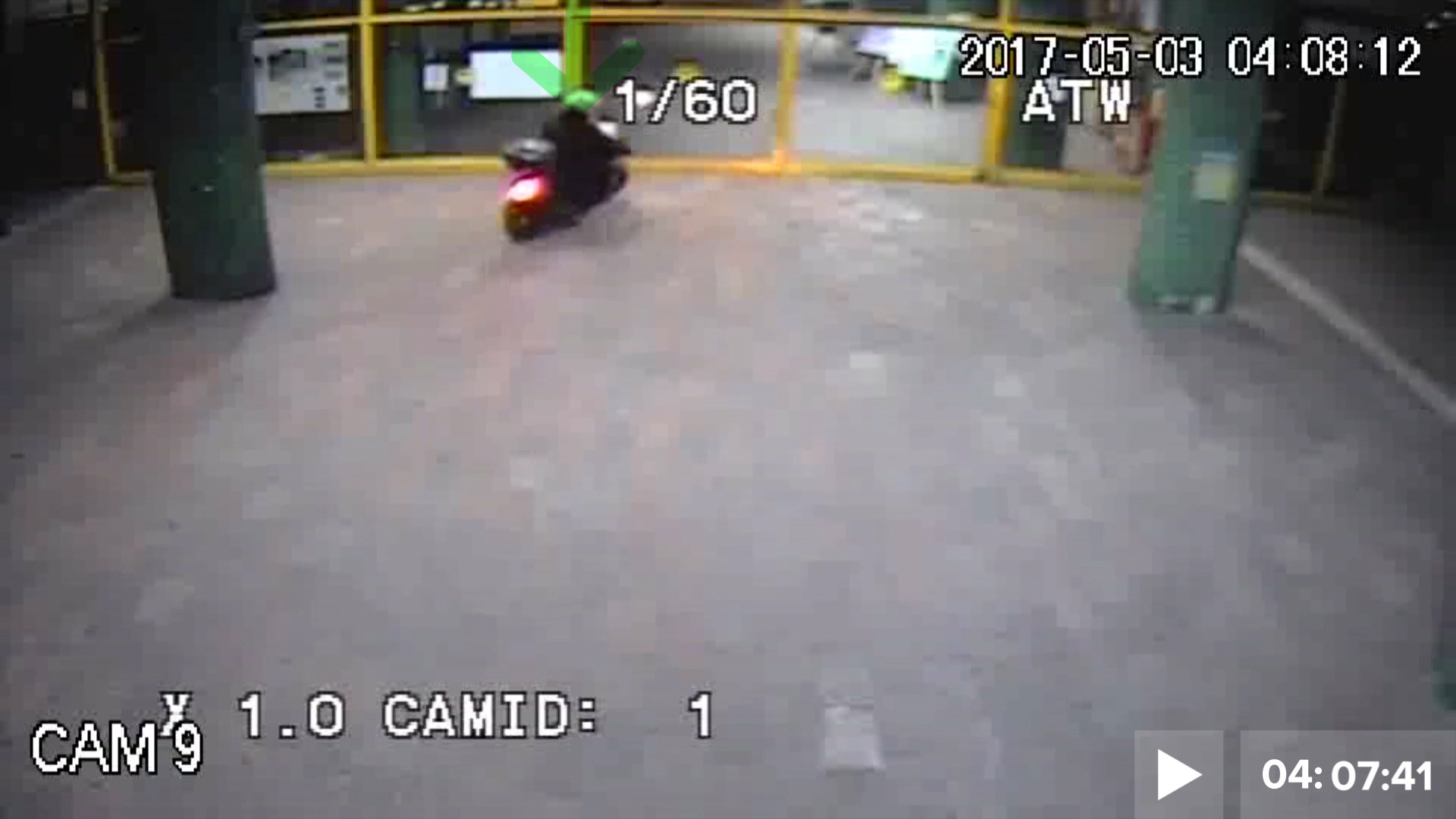
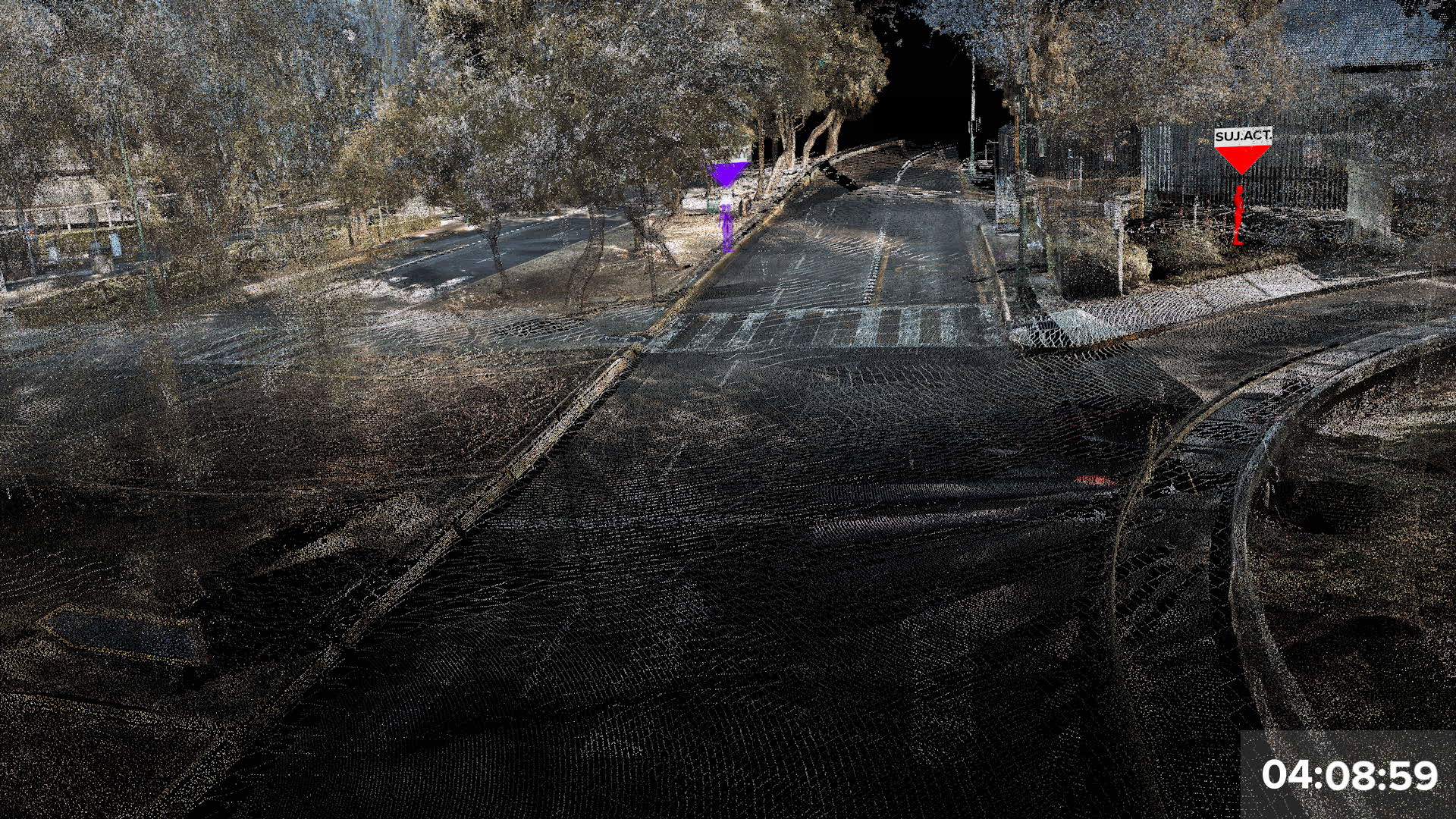
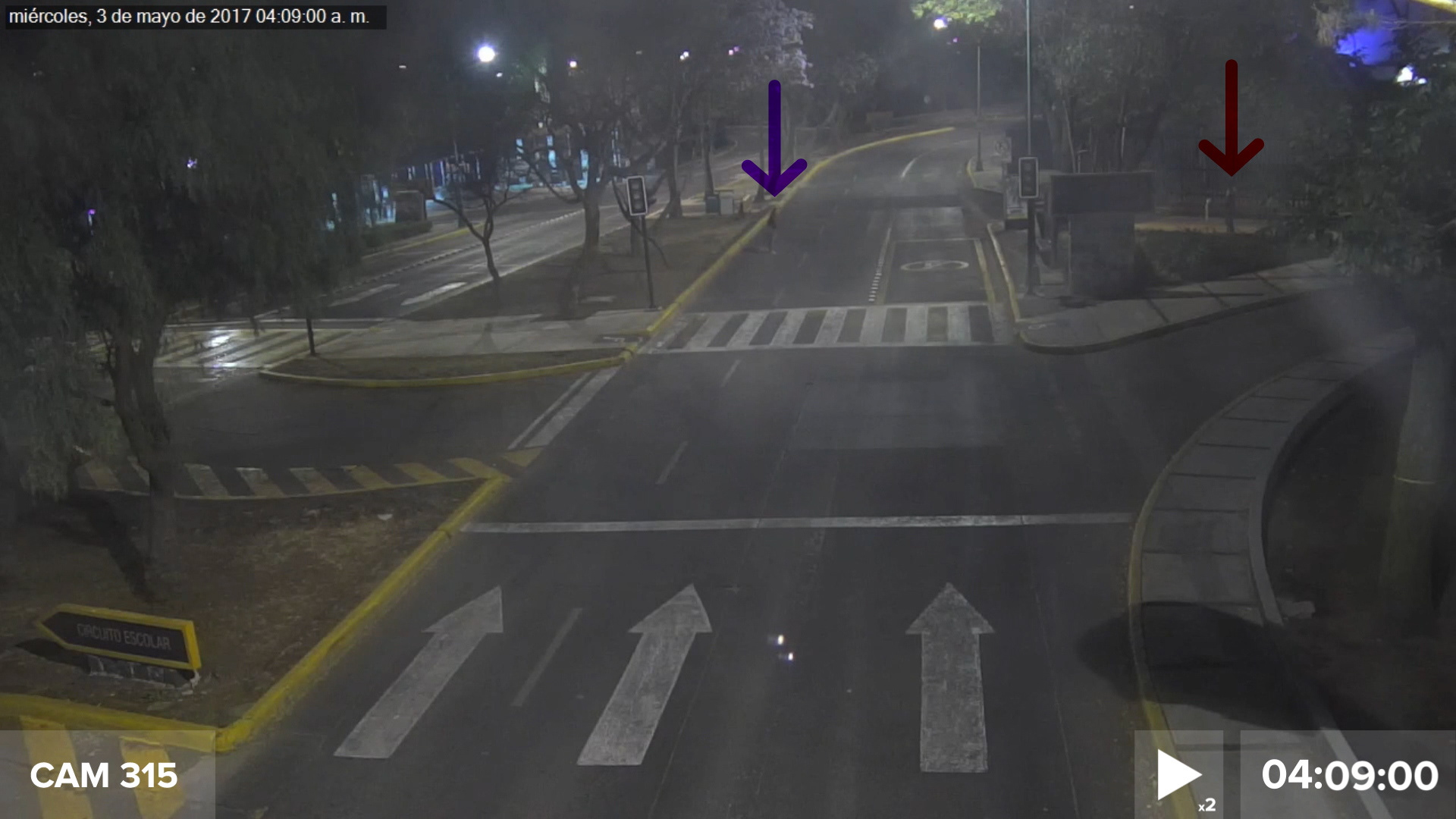
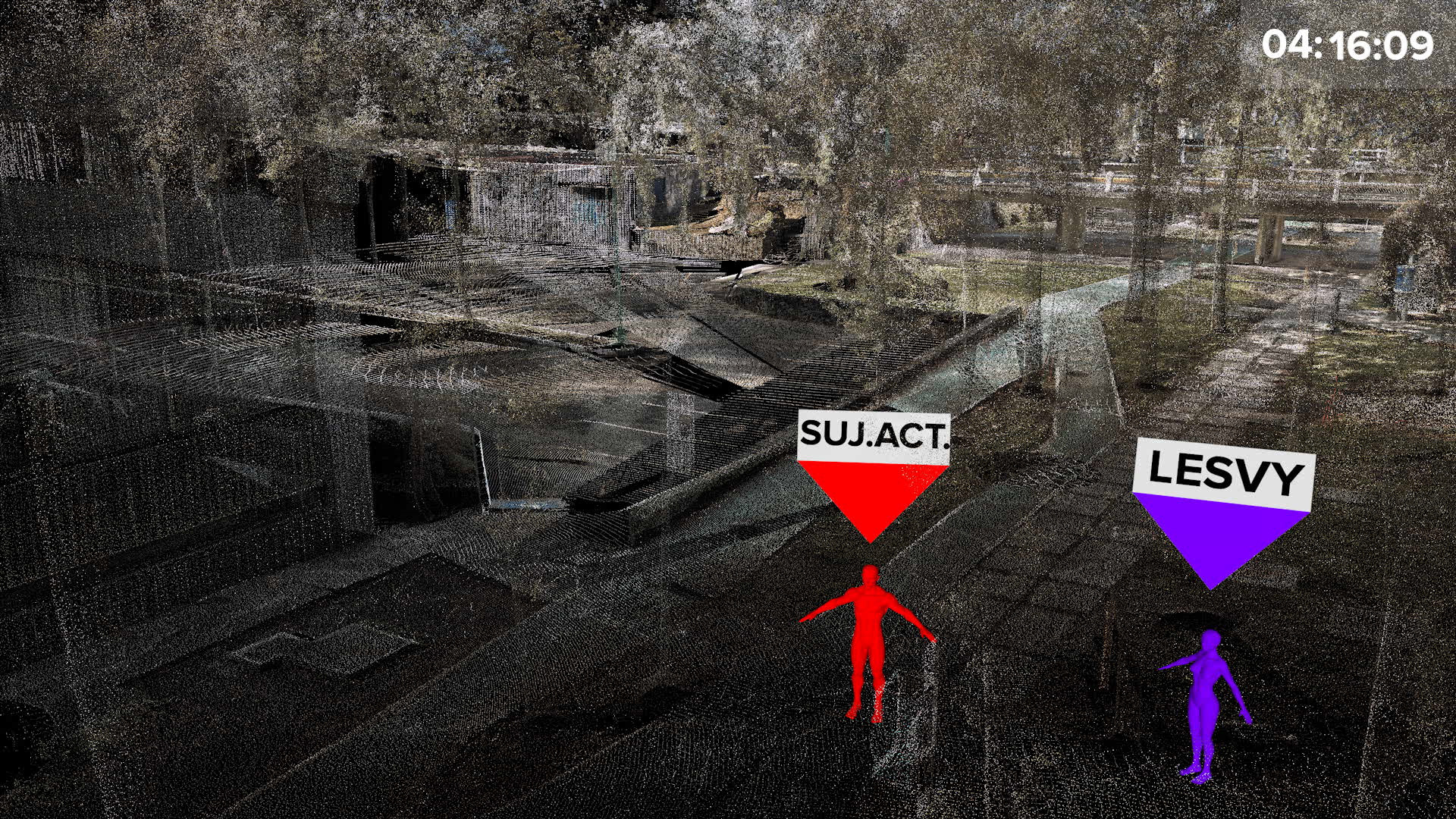
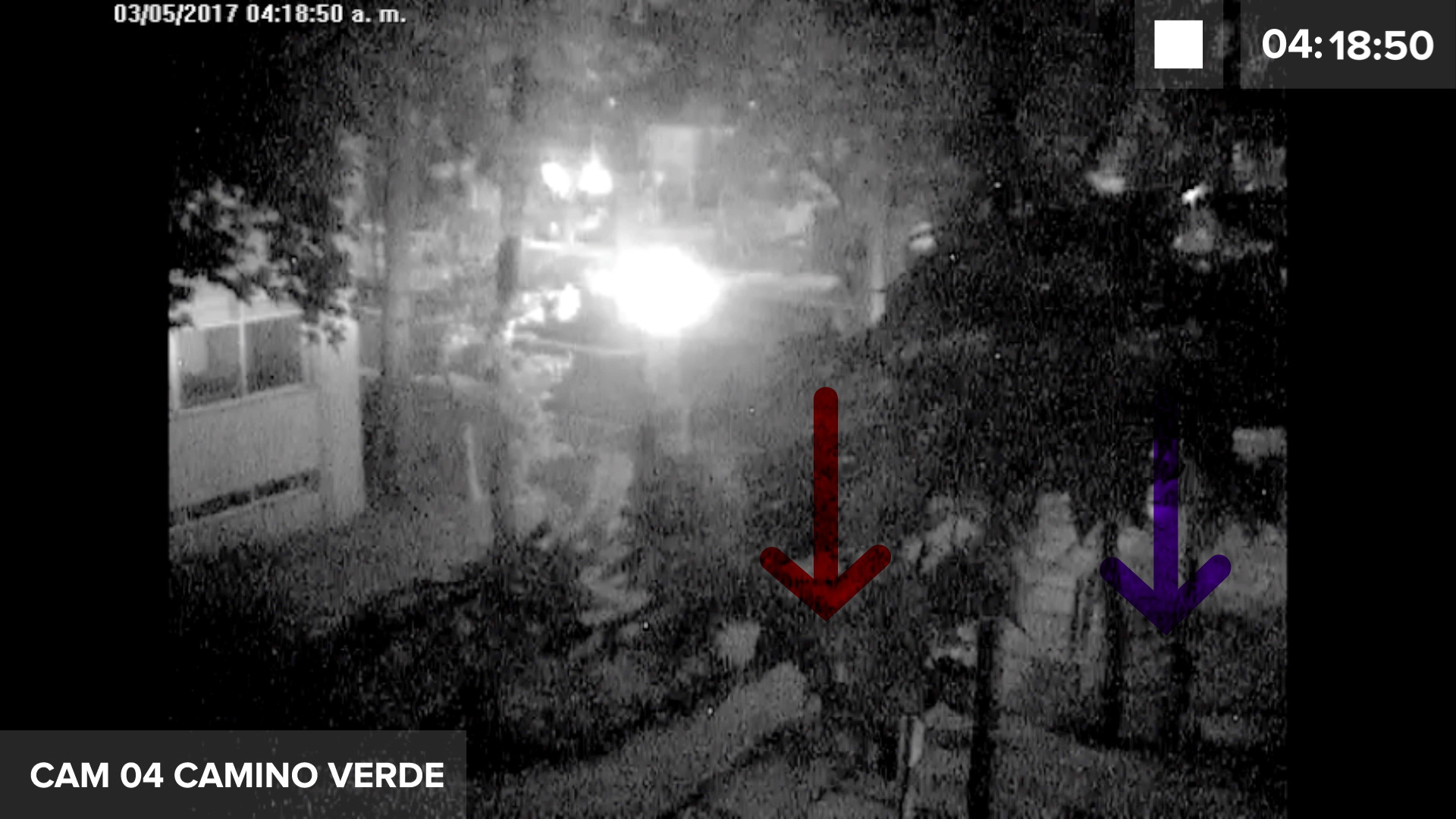
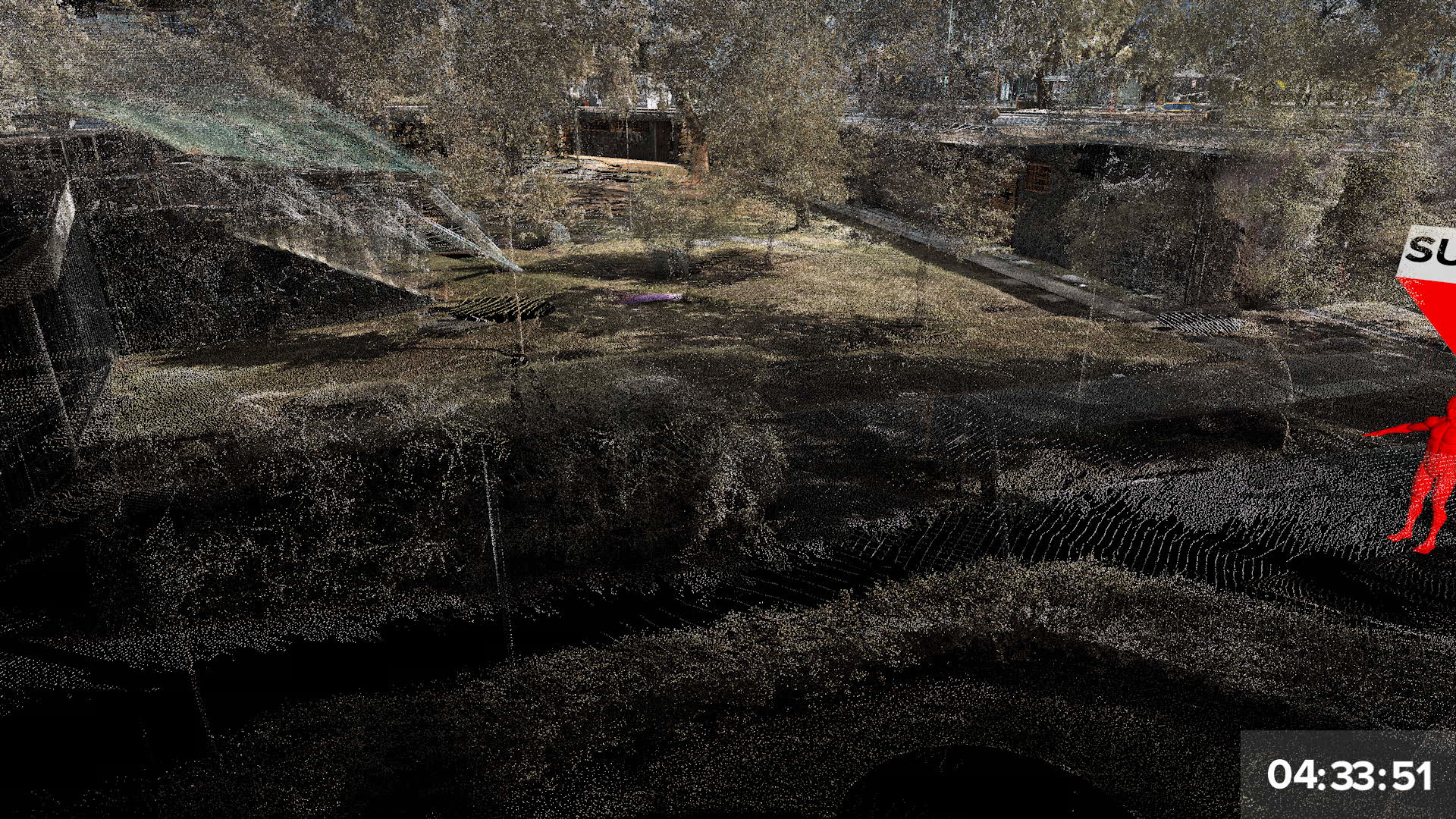
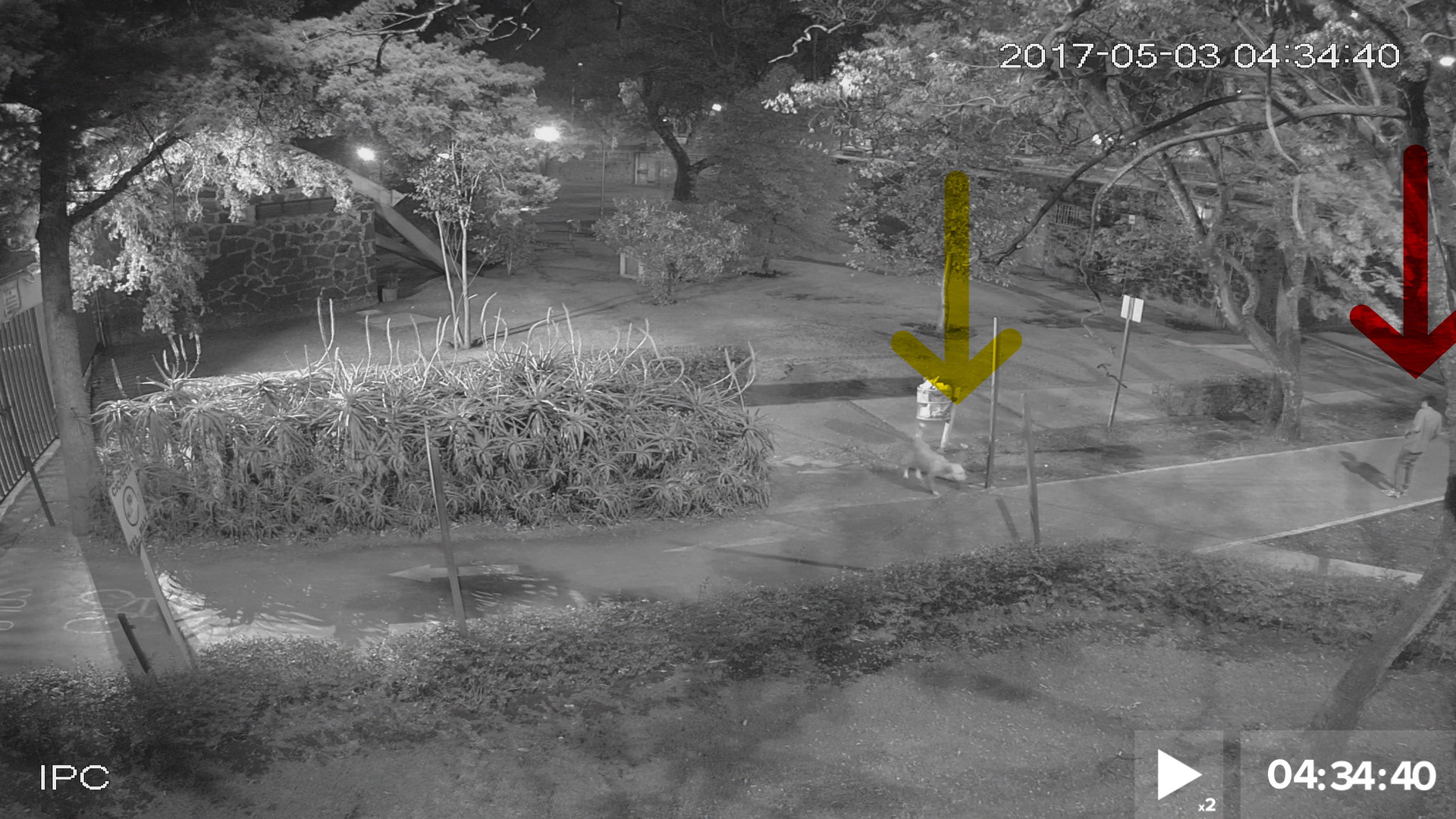
TIME-SPACE REPRESENTATION
The 3D LiDar scan of the space allowed us to create an audiovisual narrative that weaves physical architectural space with security camera footage, allowing the spectator to follow actors and their actions. These are A-B comparisons of events represented with 3D and the actual CCTV images.
Floor Plan. Result of the forensic investigation. Time and Space representation of the femicide.
IN COLLABORATION WITH
Special Thanks to: Pablo Reyna, Universidad Ibero; Forensic Architecture

